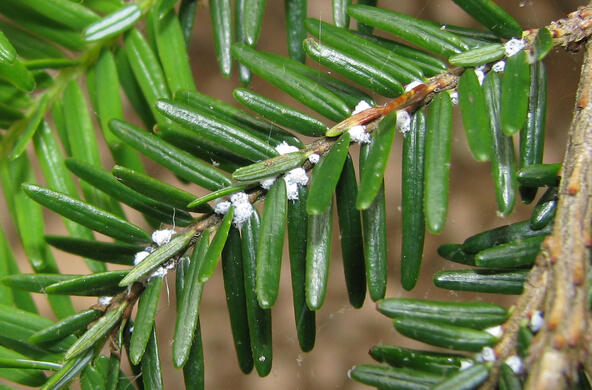This summer, a single mosquito in Allegheny County has tested positive for West Nile virus — a contrast with last year, when mosquitoes tested positive in May.
"We don't really know why," said Dave Zazac, a spokesman for the county Health Department.
Mosquito samples tested positive for the virus in Beaver and Erie counties, according to the state Department of Health. Fifteen other counties, mostly in Southeastern Pennsylvania, reported positive samples. Almost all of the 28 confirmed cases involved mosquitoes, the Department of Health website shows. One avian case was reported in Erie County.
No human cases of the virus have been diagnosed. Allegheny County had two nonfatal cases last year.
"There is a concern about people getting infected. Last year was one of the worst years for West Nile," said Kait Gillis, a spokeswoman for the state Health Department.
In Pennsylvania, four of 60 people who contracted the virus died in 2012, records show. It was the state's second-worst year for West Nile. In 2003, there were 237 cases and nine deaths.
Health officials reported 5,674 cases of the disease nationwide last year and 286 deaths — the highest number ever. As of July 16, the Centers for Disease Control and Prevention reported 23 cases of West Nile nationwide, including three deaths.
Some experts believe last year's mild winter, the wet and warm spring and then a drought caused mosquitoes to get the virus from feeding on infected birds and sharing water with them.
Shannon LaDeau, an ecologist and West Nile expert at Cary Institute of Ecosystem Studies in Millbrook, N.Y., would not predict how this summer's rates of West Nile might compare with other years.
"It is a little bit of a better year. Everything got pushed back. It may be late enough that we will not see the same spillover of the virus into humans that there was last year," she said.
Before last year's outbreak, incidence of West Nile was relatively low for nearly a decade. Heat waves and drought could accelerate outbreaks, LaDeau said.



